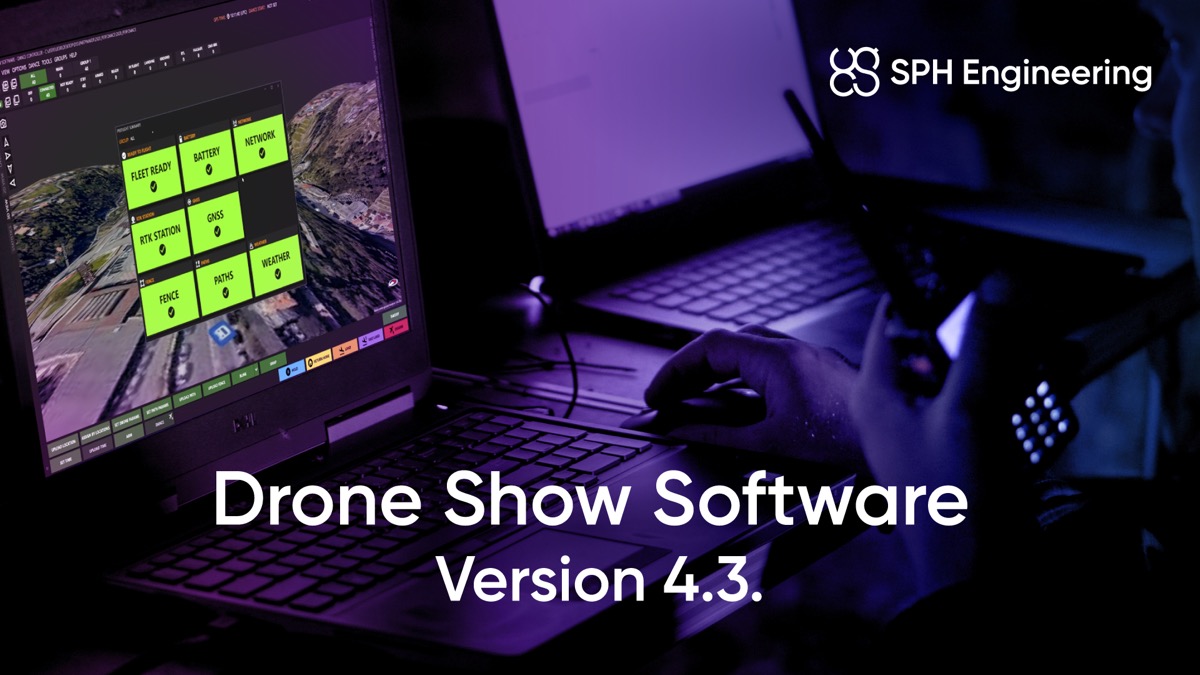
v.5.0 is out Now!
.jpg) SPH Engineering announces the release of UgCS 5.0 - The most significant UgCS update in years
SPH Engineering announces the release of UgCS 5.0 - The most significant UgCS update in years A New Era of Flight Planning: The Biggest UgCS Update Inspired by Professional Drone Pilots is coming
A New Era of Flight Planning: The Biggest UgCS Update Inspired by Professional Drone Pilots is coming Drone Technology enables three times faster Methane Emissions Monitoring in Landfills
Drone Technology enables three times faster Methane Emissions Monitoring in Landfills SPH Engineering presents Drone Show Software 4.3, elevating Drone Shows to new heights
SPH Engineering presents Drone Show Software 4.3, elevating Drone Shows to new heights